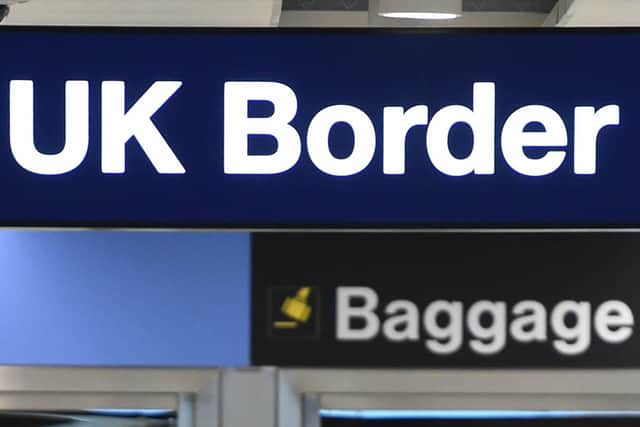Net migration figures show that skills strategy is failing - The Yorkshire Post says
In the year to December 2022, net migration hit a new record of 745,000, according to revised official estimates.
While the figure for the year to June 2023 is estimated to be lower, at 672,000, the Office for National Statistics (ONS), says it is too early to tell if this is the start of a new downward trend.
Advertisement
Hide AdAdvertisement
Hide AdMost people arriving to the UK in the year ending June 2023 were non-EU nationals, with those coming to study the biggest contributor to non-EU immigration, accounting for 39 per cent.


The next biggest contributor to non-EU immigration was migrants coming for work – having risen to 33 per cent, from 23 per cent in the year ending June 2022.
If the Government wants to reduce net migration to the UK then it needs to start taking the skills issue seriously. There has been a 54 per cent increase in work visas.
And in areas such as health and social care there are clear recruitment gaps that need to be filled.
Advertisement
Hide AdAdvertisement
Hide AdIn order to bring net migration down, it needs a skills strategy that delivers a workforce for sectors that are struggling.
If there ever was a stark reminder of workforce shortages in the NHS then it is the fact that no babies have been born in hospitals across the whole of Kirklees for around 18 months, owing to a shortage of birthing facilities.
Local healthcare officials point out that they can’t be reopened until staffing issues are resolved.
For all the rhetoric over illegal migration, the Government clearly hasn’t got a grip on legal migration numbers either and this stems from a lack of a plan to deliver the skills needed in critical sectors.
